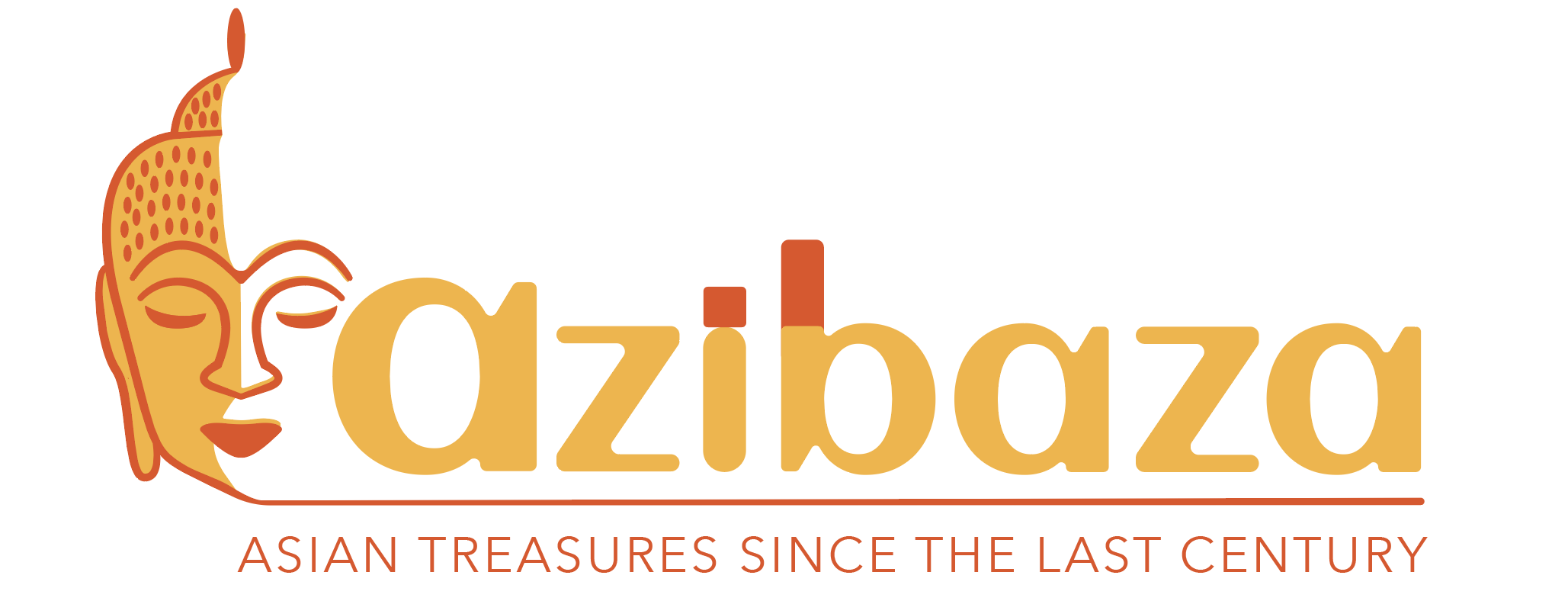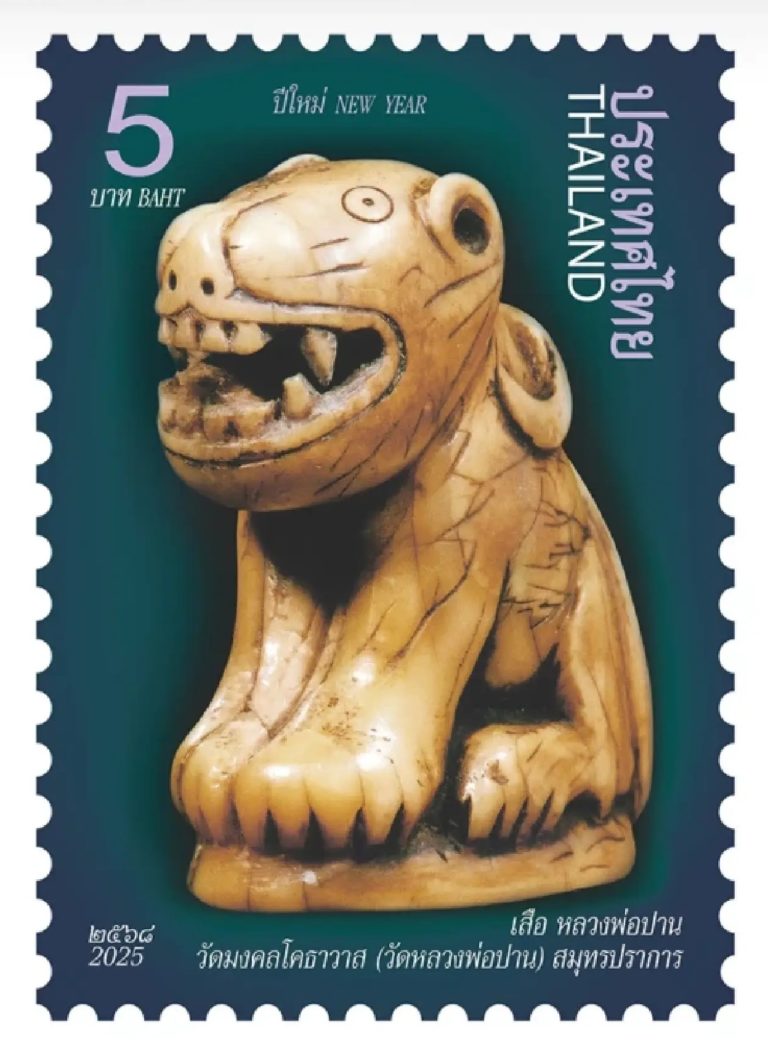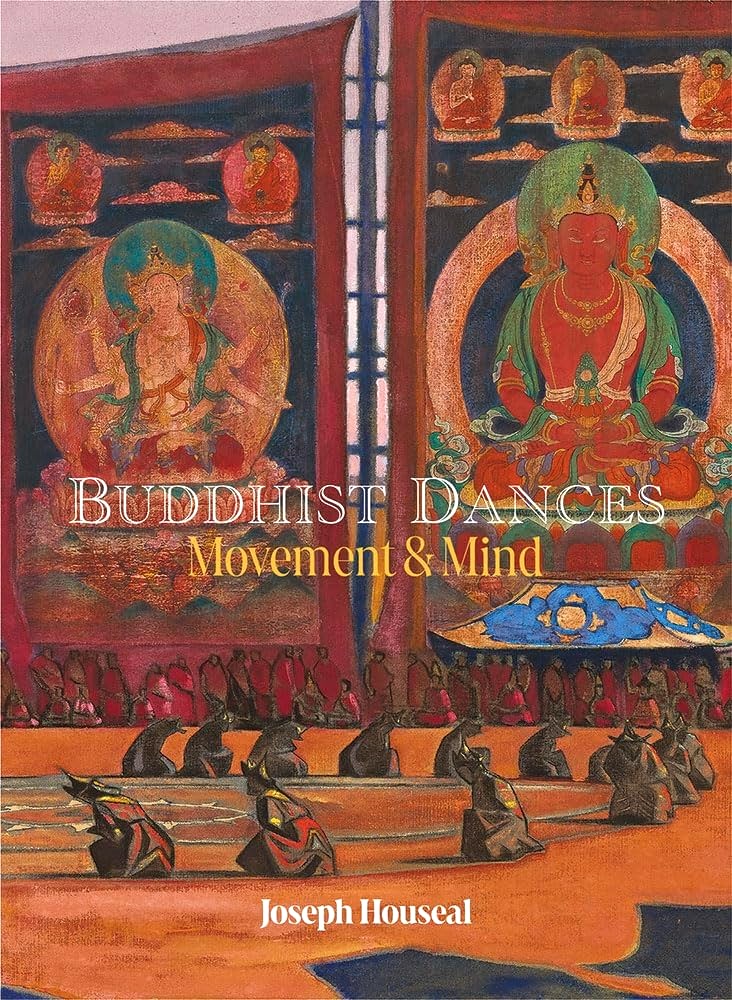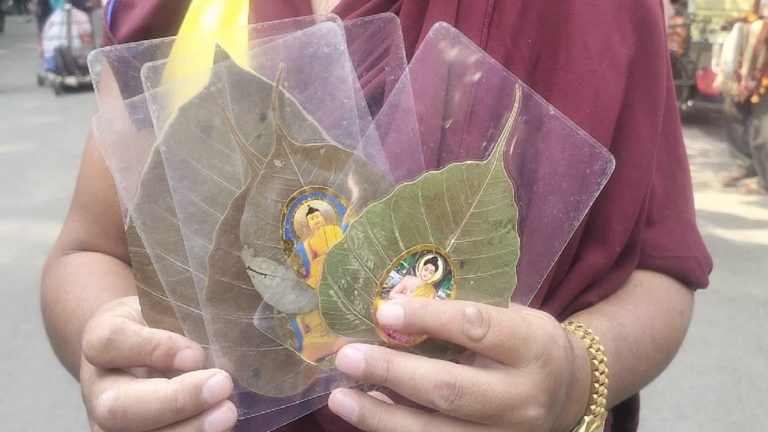Thailand has unveiled one of its most ambitious cultural showcases abroad, transporting 228 rare artefacts and artworks to Beijing’s Palace Museum — better known as the Forbidden City — for a landmark exhibition marking 50 years of Thai‑Chinese diplomatic relations.
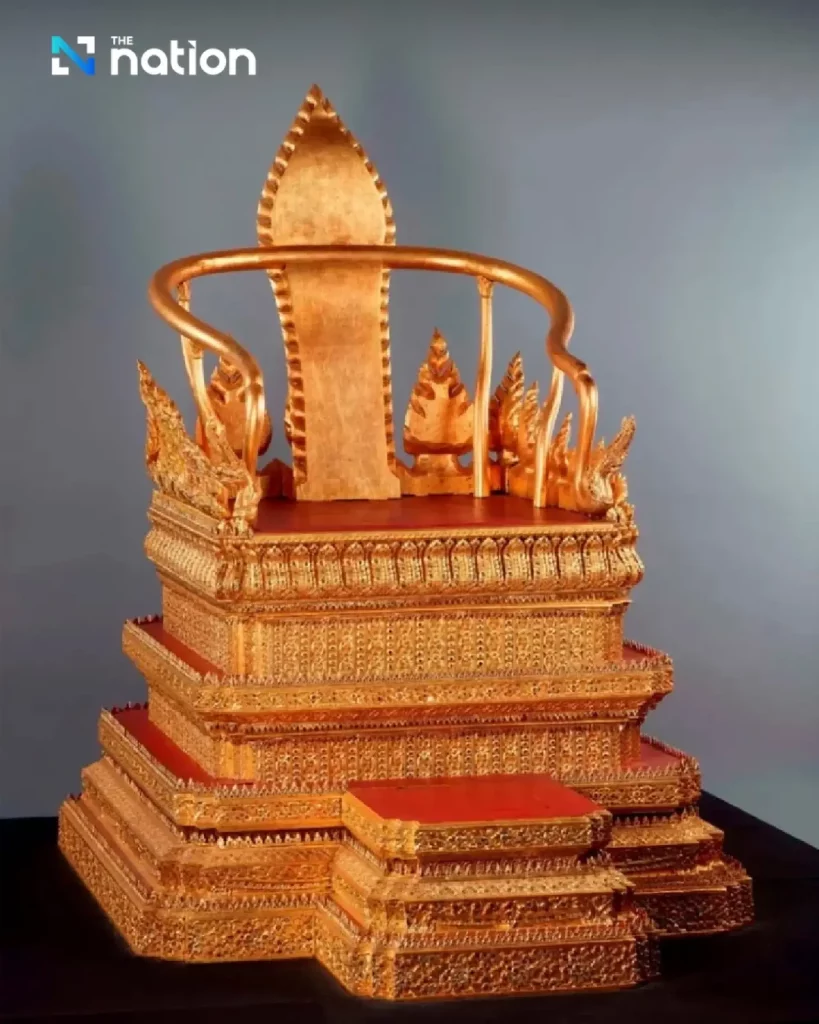
The exhibition, titled “Ten Thousand Auspicious Blessings: An Eternal Bond”, was opened on 17 November by Their Majesties the King and Queen, invited by President Xi Jinping during their official visit to China. Running until February 2026, the showcase is staged in Wénhuá Diàn, one of the principal halls of the Forbidden City, and has been elevated to the highest level of cultural importance.
Sabida Thaised, Thailand’s Minister of Culture, said the exhibition highlights centuries of artistic exchange between the two nations, while promoting Thai identity to Chinese audiences and encouraging cultural tourism. The display is organised around four themes: historical Thai‑Chinese contacts, beliefs and religion, courtly arts, and contemporary traditional Thai arts.

Phanombut Chantarachot, Director‑General of the Fine Arts Department, described the event as unprecedented, noting it is the first time Thailand has sent such a large collection of national treasures to China. The Palace Museum has added more than 50 artefacts of its own, including luxury goods ordered by the Siamese court during the early Rattanakosin era.
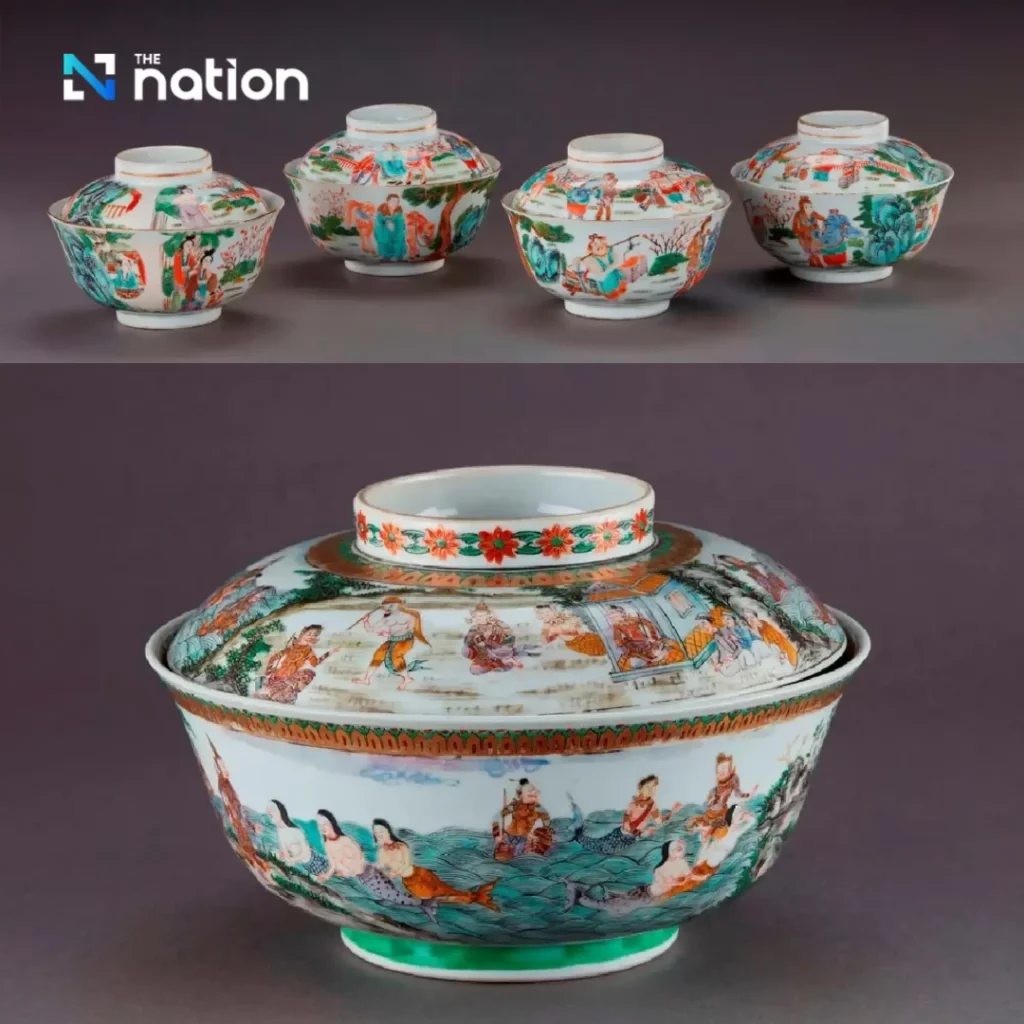
Among the highlights are three categories of artefacts that shed new light on shared history. A Benjarong porcelain bowl painted with scenes from Journey to the West illustrates how Chinese literature entered the Thai royal court, while another bowl decorated with motifs from Phra Aphai Mani shows cultural fusion between imported ceramics and Thai artistry. A prehistoric three‑legged pot from Ban Kao in Kanchanaburi mirrors vessels found in ancient Chinese sites, pointing to early civilisational links. And King Chulalongkorn’s distinctive “gong throne” chair is displayed alongside an imperial screen from Emperor Qianlong’s throne room, symbolising a meeting of the Siamese and Chinese courts.
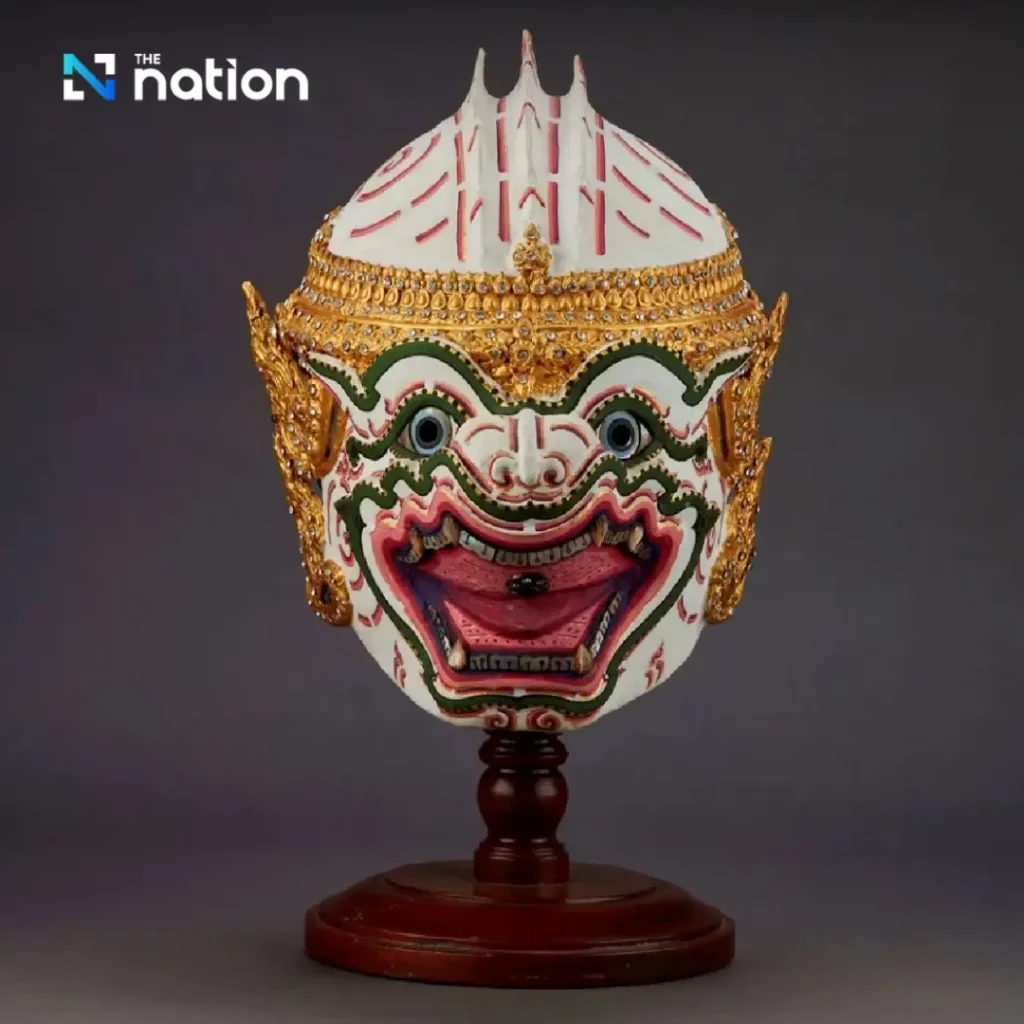
The exhibition also features works from Thailand’s Ten Divisions of Traditional Crafts, including a miniature Suphannahong Royal Barge and Khon mask heads, underscoring the continuity of Thai craftsmanship.
For both nations, the showcase is more than an art display: it is a celebration of cultural diplomacy and a testament to the enduring bond between Thailand and China.
